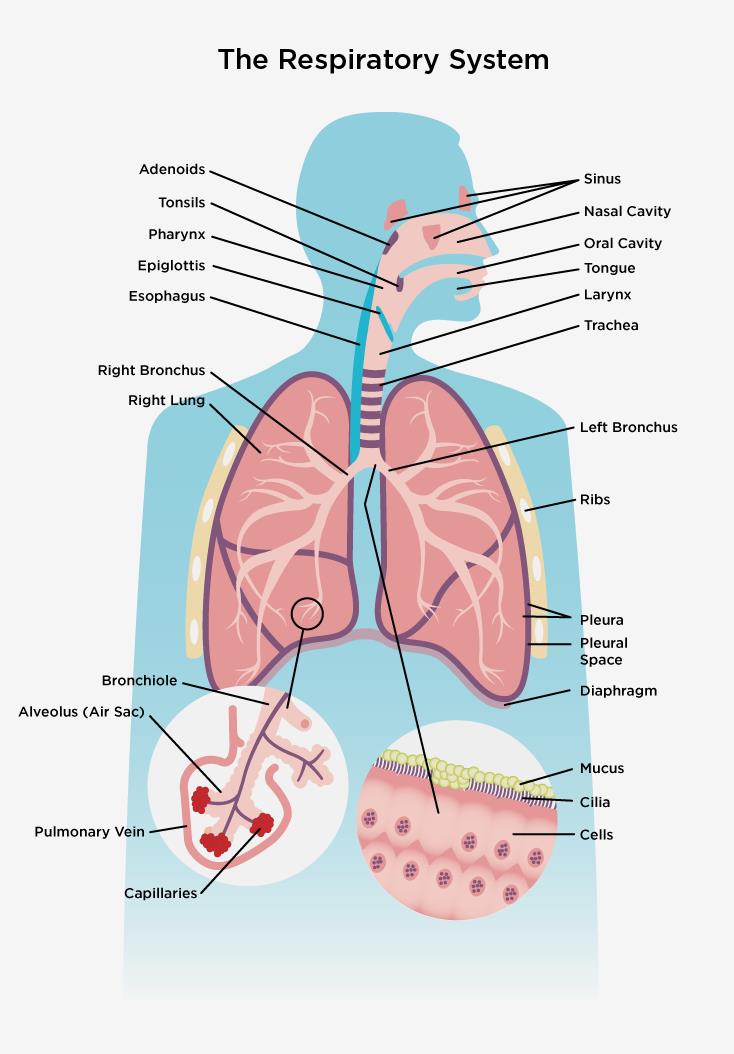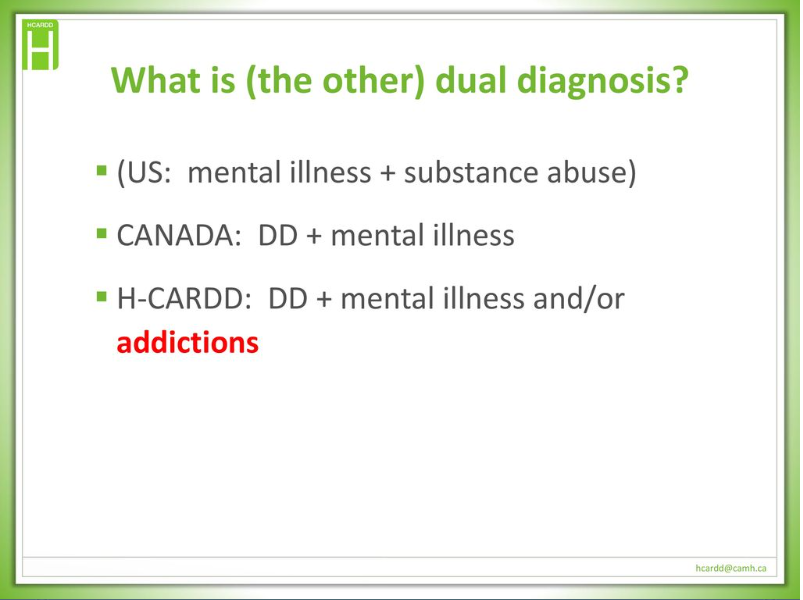Respiratory Illness – Where Are We Now?
Over the past few weeks as we have entered the respiratory illness season, instances of COVID-19, Flu, Colds and RSV have increased exponentially in most regions. While this is a predictable occurrence each year, it continues to be a health and safety concern not only for the people we support but for employees as well. There is limited reporting specific to COVID-19 at this time, with most of the reporting that had been in place for the past three years finishing in the summer of 2023. What we do have is the waste water data, which is an indicator of how wide spread the COVID-19 virus is in a community. This data is only available in Ontario, and updated weekly.

We are currently at the highest rate of COVID-19 circulating within Ontario that we have seen in the past year. Some districts are experiencing a decrease in cases, or a leveling off, but continue to be at 12 month highs for case counts. More information about how to interpret the graph above and specific graphs for different regions in Ontario can be found here.
What Can We Do?
The key focus for our teams to help limit the risk of respiratory infections in our homes is to break the chain of infection. Proper infection prevention and control measures such as hand hygiene practices, appropriate use of PPE, and remaining home when sick are strategies to help prevent any respiratory infection from spreading.
Additionally the proper use of a well fitted medical mask as a universal precaution continues to show a reduction in the spread and risk of contracting respiratory infections such as Influenza and COVID-19.
Vaccines for both COVID-19 and Influenza, targeted towards the dominant circulating strain, remain available for everyone.
COVID-19 Vaccines – Updated Recommendations
The Moderna, Pfizer and Novavax vaccines targeted to XBB-1.5 COVID-19 strain have all been approved for use in Canada at this time. These vaccines are approved for people 6 months of age and older. Of note with this approval is a slight deviation from previous guidance related to COVID-19 vaccines. With previous vaccines targeting specific strains of the COVID-19 virus, it was still required to complete the original 2 dose regimen to receive the targeted booster. Now, the recommendation is for one dose regardless of past vaccination history in individuals 5 years of age and older. For children between the age of 6 months and 5 years, two doses remains the recommendation unless they have received a previous COVID-19 vaccine.
Similar to recommendations and guidance for the Flu vaccine, the COVID-19 vaccine is recommended to everyone who is eligible to receive it, if it has been greater than 6 months since their last COVID-19 vaccine or greater than 6 months since being infected with COVID-19.
Ontario continues to track and publish data on adverse events following immunizations. Below is a table specific to the COVID-19 vaccine. We continue to see low reported risk associated with the COVID-19 vaccines when compared to the risk associated with acquiring COVID-19 infection. The full report can be found here.
Conclusion
As we navigate the respiratory illness season, it is important that we all continue to self monitor for symptoms of respiratory illness and not report to work when we are ill. Doing so will help us to mitigate the risk of infection for the people we support and the teams we work with. The people we support remain some of the most vulnerable to negative outcomes from respiratory illness, such as COVID-19, the flu and RSV. Immunizations to not only COVID-19 but also the Flu, and the proper use of medical masks, are some of the best ways we can protect ourselves, while also decreasing the overall risk of passing an illness on to someone else.






